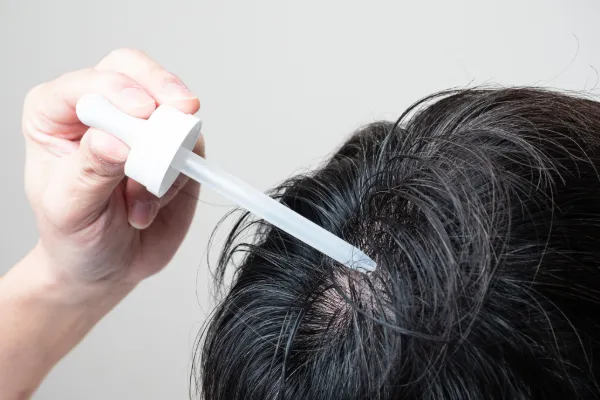この記事の概要
Anesthesia during hair transplant surgery is described in detail below.
Types of anesthesia
Local anesthesia
- Overview : This is the most commonly used anesthesia method for hair transplant surgery. Anesthesia is injected directly into specific areas of the scalp to prevent pain during the procedure.
- Advantages : Patient is conscious and able to communicate during surgery, there are fewer risks and a faster recovery compared to general anesthesia.
- Cons : The anesthetic injection itself may be temporarily painful, but the pain will subside within a few minutes.
Combined with sedatives
- Overview : In addition to local anesthesia, a mild sedative may also be used to help relax the patient and reduce anxiety and stress during the procedure.
- Benefits : This helps patients relax and makes the procedure go more smoothly.
- Cons : Due to the use of sedatives, some patients may experience mild side effects.
General anesthesia
- Summary : Although not commonly used in hair transplant surgery, general anesthesia may be an option in certain circumstances. The patient is completely unconscious during the procedure.
- Pros : You will feel absolutely no pain during the procedure and you will be extremely relaxed.
- Disadvantages : General anesthesia carries higher risks and requires longer recovery time, so local anesthesia is usually recommended.
Anesthesia Procedure
Advance counseling
- Before surgery, you will have a detailed consultation with your doctor and will receive instructions on the anesthesia method, which will take into consideration your health condition and past anesthesia experience.
Administration of anesthesia
- Before surgery, a local anesthetic is injected into the surgical area on your scalp. It usually takes just a few injections to numb the entire surgical area.
- If necessary, sedatives will be given orally or intravenously.
Intraoperative monitoring
- During surgery, the patient’s vital signs (heart rate, blood pressure, oxygen saturation, etc.) are continuously monitored to ensure safety.

Post-operative precautions
- Pain Management : After the local anesthetic wears off after surgery, you may experience mild pain or discomfort. Your doctor will usually prescribe pain medication to help manage post-operative pain.
- Monitoring for side effects : Monitor your reaction to the anesthesia and any side effects (e.g. headache, nausea, dizziness, etc.) and respond as necessary.
- Recovery follow-up : We will follow up with you after your surgery and help you recover until the effects of anesthesia have completely worn off.
References
- Healthline: Hair Transplant
- WebMD: Hair Transplant
- American Society of Plastic Surgeons: Hair Transplantation
- Mayo Clinic: Hair Transplant








